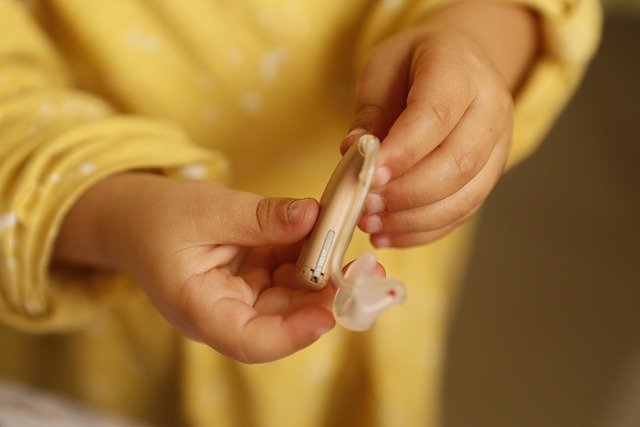How Pet Toys Help Pets Learn and Play
Pet toys are more than just fun for animals. They help pets explore, move, and discover new ways to use their energy. From balls and chew toys to puzzles, learning how pets interact with different toys shows how play can keep them busy and curious every day.

What Are the Key Pet Toy Benefits for Development
Pet toy benefits extend across multiple areas of animal wellness, creating opportunities for both mental and physical growth. Toys provide structured ways for pets to explore their environment while developing problem-solving skills. Regular interaction with appropriate play objects helps maintain healthy weight levels through increased activity and supports natural behaviors that might otherwise become destructive. Additionally, toys can reduce anxiety and boredom-related behaviors by giving pets constructive outlets for their energy and instincts.
How Do Interactive Pet Toys Enhance Learning
Interactive pet toys challenge animals to think critically and develop new skills through engaging play experiences. Puzzle feeders require pets to manipulate different components to access treats, strengthening their ability to understand cause-and-effect relationships. Smart toys that respond to touch or movement help pets learn to control their environment through deliberate actions. These toys often incorporate multiple difficulty levels, allowing pets to progress from simple interactions to more complex challenges as their abilities improve.
What Pet Playtime Activities Support Skill Building
Pet playtime activities structured around educational objectives create meaningful learning opportunities throughout the day. Hide-and-seek games using toys help develop hunting instincts and spatial awareness in both cats and dogs. Fetch activities with varying object types teach pets to distinguish between different textures, sizes, and weights. Rotating toy availability keeps pets engaged with familiar objects while introducing new challenges, preventing habituation and maintaining interest in learning-focused play.
How Mental Stimulation for Pets Improves Overall Health
Mental stimulation for pets through appropriate toy selection addresses cognitive needs that pure physical exercise cannot fulfill. Challenging toys that require sustained attention help improve focus and concentration abilities over time. Problem-solving activities stimulate neural pathways, potentially slowing cognitive decline in aging pets. Regular mental exercise through toy interaction can also improve sleep quality by providing satisfying mental fatigue that complements physical tiredness from traditional exercise routines.
What Makes Pet Enrichment Toys Effective Learning Tools
Pet enrichment toys succeed as learning tools when they match specific developmental needs and natural behaviors. Effective enrichment toys incorporate multiple senses, encouraging pets to use sight, smell, touch, and hearing during play. Toys that mimic natural prey or foraging opportunities tap into instinctive behaviors while teaching new skills. The most successful enrichment toys offer variable difficulty levels and can be modified or combined with other objects to create new challenges as pets master existing ones.
Popular Pet Toy Categories and Their Features
Different types of pet toys serve varying educational and developmental purposes, with costs reflecting complexity and durability factors.
| Toy Category | Typical Price Range | Key Learning Benefits |
|---|---|---|
| Puzzle Feeders | $15-45 | Problem-solving, patience, food motivation |
| Interactive Smart Toys | $25-80 | Technology interaction, cause-effect learning |
| Treat-Dispensing Balls | $8-25 | Physical activity, reward-based learning |
| Rope and Tug Toys | $5-20 | Coordination, grip strength, interactive play |
| Sensory Toys | $10-35 | Texture exploration, sensory development |
Prices, rates, or cost estimates mentioned in this article are based on the latest available information but may change over time. Independent research is advised before making financial decisions.
Selecting Age-Appropriate Toys for Maximum Learning
Age-appropriate toy selection ensures that pets receive optimal learning opportunities without frustration or safety concerns. Young animals benefit from softer toys that support teething and gentle exploration, while adult pets can handle more complex puzzle toys and durable materials. Senior pets often prefer toys that provide mental stimulation without requiring excessive physical effort. Safety considerations, including size appropriateness and material durability, must align with the pet’s age, size, and play style to prevent accidents while maximizing educational value.
Pet toys represent valuable investments in animal development, offering structured ways to promote learning while satisfying natural play instincts. Through thoughtful selection of interactive toys, puzzle feeders, and enrichment objects, pet owners can create environments that support cognitive growth, physical health, and emotional well-being. Regular rotation and age-appropriate choices ensure that toys continue providing meaningful learning opportunities throughout pets’ lives, contributing to happier, healthier, and more mentally stimulated companions.




